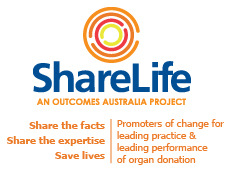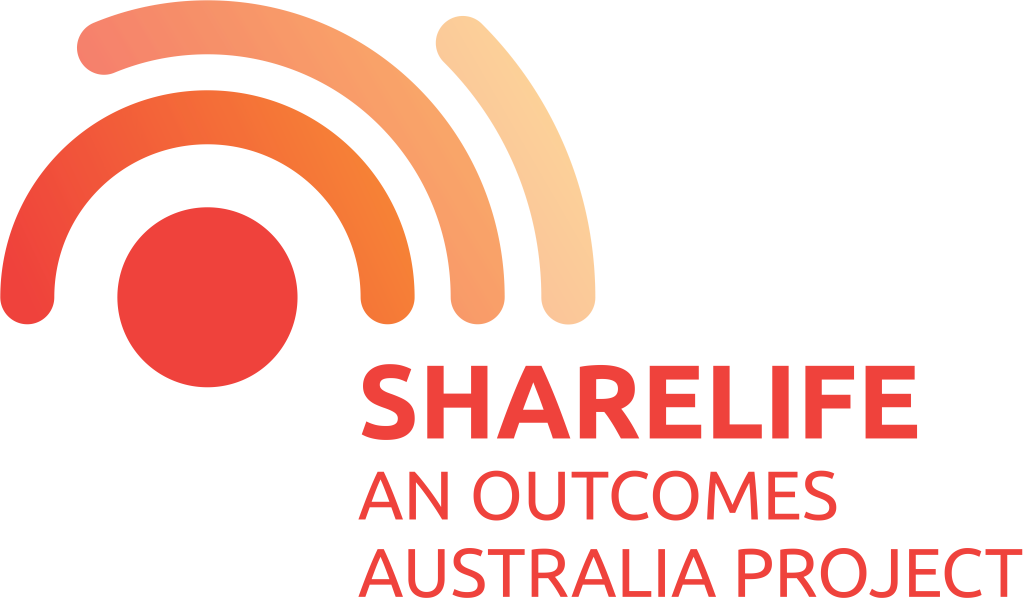The Federal Government’s ‘Accelerating Growth in Organ and Tissue Donation for Transplantation’ measures announced in last night’s budget fall short of addressing major issues with the national approach to organ donation in Australia, and risk pouring more money into a broken system.

ShareLife, a community group made up of business experts, medical professionals, transplant recipients and donor families, says that real accountability for the management of Australia’s organ donation system is needed to ensure the new funding isn’t wasted.
“Assistant Minister Nash should be commended for taking action to stop the ongoing decline of Australia’s organ donation rate. However, the reforms announced today ignore a fundamental question: why hasn’t the $250 million that has already been spent, over nearly seven years and two governments, aligned our system with the best in the world?” asked Brian Myerson, ShareLife Director, today.
“Unfortunately, the measures announced in this budget do not acknowledge the need to learn from the past and ensure that new funds deliver leading performance. They also continue to shoulder the Australian public with the blame for our low donation rate, instead of focusing on leadership of reform of in-hospital processes as leading countries have done.
“Thousands of Australians are suffering and dying needlessly because they are missing out on life-changing organ transplants. Despite an unprecedented investment in reform over the past seven years, while other countries have achieved significant, rapid rises in donation through real reform, Australia’s organ donation rate remains shamefully low.”
In 2008, the Rudd government announced $136 million of new funding over four years to implement the world’s leading practice system for organ donation in Australia, with a stated goal ‘to establish Australia as a world leader’.
“At the end of that funding period, Australia ranked 21st in the world with 15.5 donors per million, around half the rate of leading countries. After the initial funding, Australia’s donation rate improved, but at nowhere near the rate of a range of other countries implementing similar reform programs,” added Professor Bruce Pussell, former head of the Transplant Service at the Prince of Wales Hospital and Director of ShareLife.
“Even disregarding those first four years, between 2012 and 2014, an extra $90 million dollars was spent for an additional 35 donors. On top of this, and even more alarming, is the fact that Australia’s donation rate has been declining for the last 24 months, resulting in an organ donation rate for the 12 months ended April 2015 of 367 deceased donors equating to 15.4 donors per million” concluded Professor Pussell.
“The thousands of Australians who would benefit from an organ transplant over the next two years deserve to know that the $10.2 million allocated in this budget will be spent on evidence-based reform,” continued Mr Myerson.
“A fully funded reform plan was set to transform Australia’s in-hospital approach to organ donation in 2008, to bring us in line with global leading practice. That plan has not been implemented from the national level, and this is the cause of our tragically low donation rate. The reforms in last night’s budget do not come near to addressing this issue.
“The solution to Australia’s organ donation problem lies in ensuring leading practice reform is appropriately managed and led from the national level, right now. Thousands of Australians suffering from organ failure have waited long enough,” concluded Mr Myerson.
The latest ANZDATA reports on organ donation rates in Australia can be found at:
http://www.anzdata.org.au/anzod/v1/indexanzod.html or via ShareLife’s quarterly scorecards.
Contact: Jessica Lee – 0408 551 149
Download PDF
